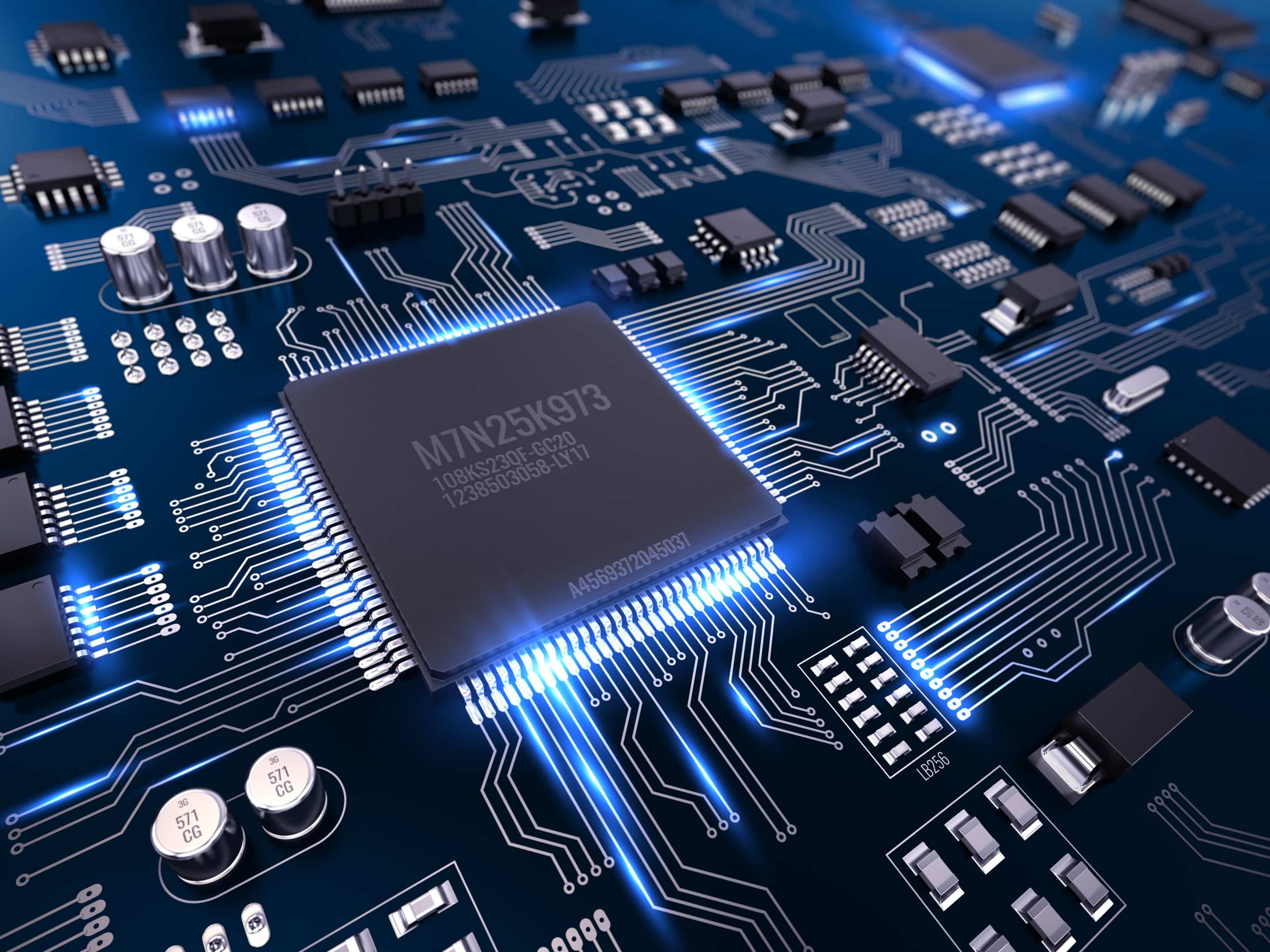Date: 19 November 2021
Court: Full Court of the Federal Court of Australia
Judges: Middleton, Perram and Nicholas JJ
Background
In 2018 the Australian Patent Office refused to certify four innovation patents owned by Aristocrat Technologies Australia Pty Ltd (Aristocrat) on the ground that the claimed subject matter was not patent eligible.1 The patents related to an electronic gaming machine (EGM), the modern form of a poker machine, the invention comprising steps for running a bonus “feature game” in addition to a usual “base game”. The steps for the feature game were effectively rules enabling certain symbols to be selected and retained whilst other symbols were randomly changed, with any resultant prize depending on the combination of such symbols in the win line of the reel. The Patent Office found that this subject matter amounted to no more than a mere scheme or abstract idea and was therefore not patentable.
Aristocrat appealed to the Federal Court.2 Burley J applied a two-step inquiry that asked whether the claimed invention was for a mere scheme or business method, and if so, whether there was something inventive about the manner in which it had been implemented in the computer. Burley J overturned the Patent Office decision finding that the invention claimed was to a mechanism of particular construction that involved a combination of physical parts and software (the EGM) to produce a particular outcome (i.e., a playable game), and was not a mere scheme. The Commissioner of Patents appealed.
Key Issues
As noted in the majority reasons, previous cases on computer implemented inventions heard by the Full Court, on which the primary judge relied involved inventions comprising methods which were undoubtably to be implemented in a computer.3 However this case concerned a claim which included a physical object, containing, or of itself, a computer (the EGM). The Full Court considered the appropriate test in such circumstances.
Outcome
The majority, Middleton and Perram JJ, noted that the test applied by the primary judge did not incorporate an inquiry at the first stage as to whether the invention was a computer implemented one. This led to him conclude that because it was not a mere scheme, it was patentable. The majority proposed a different two-step test: (a) is the invention claimed a computerimplemented invention?; and (b) if so, can the invention claimed broadly be described as an advance in computer technology?
Their Honours answered the first question in the affirmative in this case. They considered that the EGM was undoubtedly a computer. However the inventive aspect of the claims was the feature game, and so the substance of the invention was the feature game implemented on the computer/EGM.
Turning to the second question, the majority noted that the claim did not specify the programming for the EGM to run the feature game. The nature of the invention therefore was a feature game defined by a set of rules (i.e., a scheme) on a computer, and that was not patentable.
Delivering separate reasons, Nicholas J agreed that the primary judge had fallen into error. Ultimately all three judges considered that the matter should be remitted to the primary judge for reconsideration in light of the Full Court’s reasons.
Implications
The Full Court’s approach dispels any notion that the physical hardware components of an EGM may place it in any different category in principle to other computers. However the majority explicitly noted that there are aspects of EGMs that relate to “human interaction” which may constitute an advance in computer technology and therefore be patentable. The Court’s new two step test emphasises that patentability in such cases requires an “advance in computer technology”, even where the invention is implemented in a physical object which incorporates the computer.
Aristocrat has since filed a Special Leave Application to the High Court to appeal the decision further. This application has now been granted, meaning the High Court will consider the case.
1. Aristocrat Technologies Australia Pty Limited [2018] APO 45
2. Aristocrat Technologies Australia Pty Limited v Commissioner of Patents [2020] FCA 778
3. Encompass Corporation Pty Ltd v InfoTrack Pty Ltd [2019] FCAFC 161; 372 ALR 646; Commissioner of Patents v Rokt [2020] FCAFC 86; Commissioner of Patents v RPL Central Pty Ltd [2015] FCAFC 177; 238 FCR 27

Naomi Pearce
CEO, Executive Lawyer (AU, NZ), Patent Attorney (AU, NZ) & Trade Mark Attorney (AU)
Naomi is the founder of Pearce IP, and is one of Australia’s leading IP practitioners. Naomi is a market leading, strategic, commercially astute, patent lawyer, patent attorney and trade mark attorney, with over 25 years’ experience, and a background in molecular biology/biochemistry. Ranked in virtually every notable legal directory, highly regarded by peers and clients, with a background in molecular biology, Naomi is renown for her successful and elegant IP/legal strategies.
Among other awards, Naomi is ranked in Chambers, IAM Patent 1000, IAM Strategy 300, is a MIP “Patent Star”, and is recognised as a WIPR Leader for patents and trade marks. Naomi is the 2023 Lawyers Weekly “IP Partner of the Year”, the 2022 Lexology client choice award recipient for Life Sciences, the 2022 Asia Pacific Women in Business Law “Patent Lawyer of the Year” and the 2021 Lawyers Weekly Women in Law SME “Partner of the Year”. Naomi is the founder of Pearce IP, which commenced in 2017 and won 2021 “IP Team of the Year” at the Australian Law Awards.

